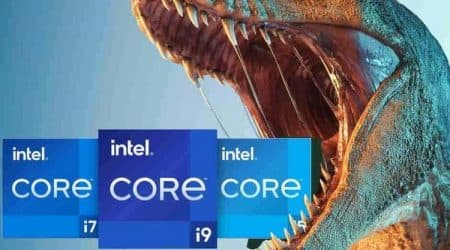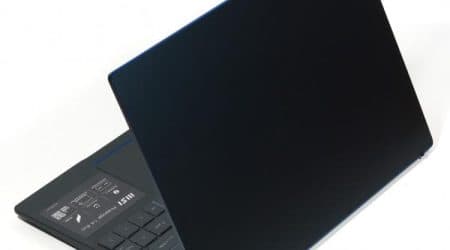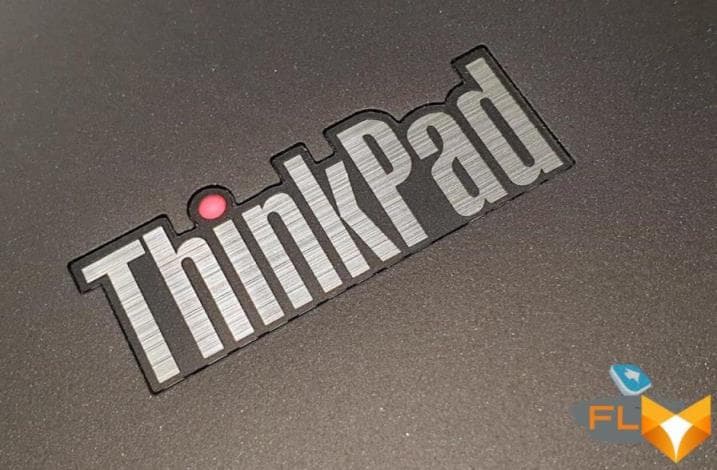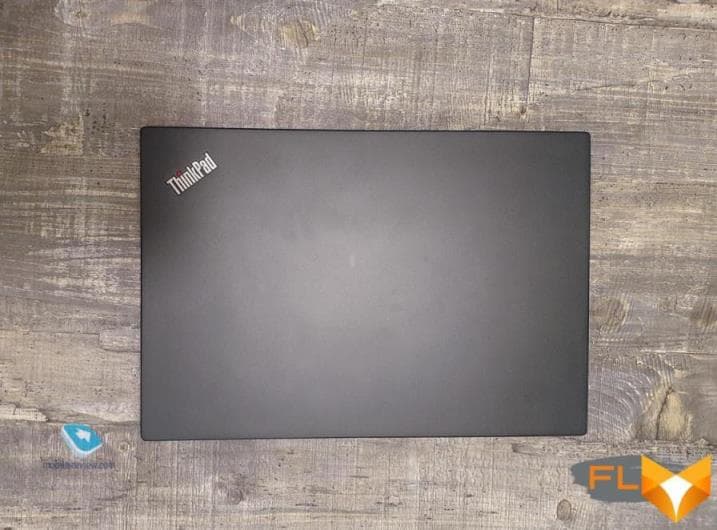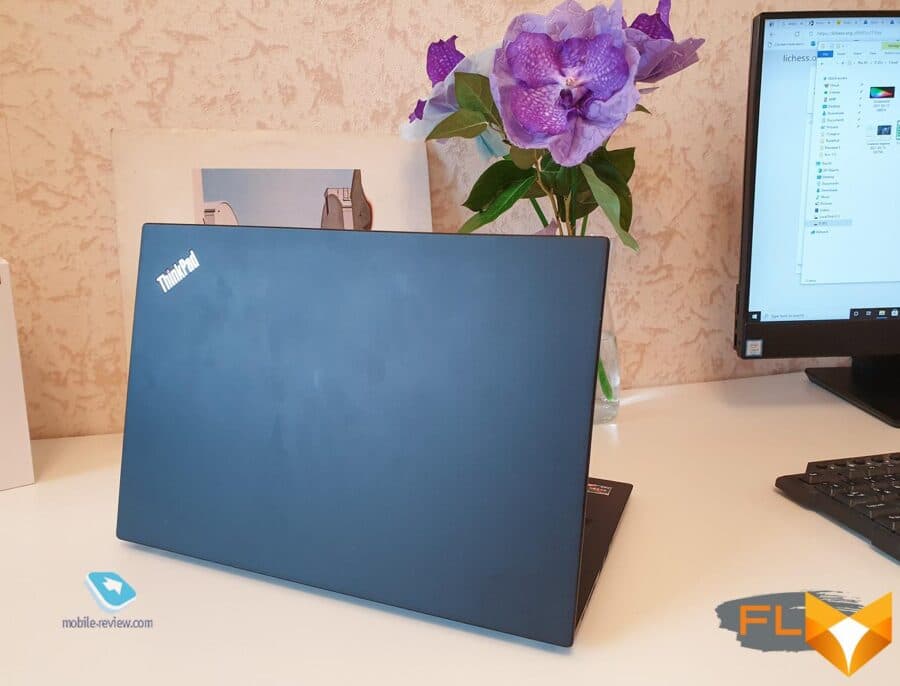


Positioning
ThinkPad is one of the most well-known brands in the business notebook segment. The brand has both highly specialized solutions designed for specific professions (engineer, architect, etc.), as well as models that will suit everyone. A common distinguishing feature of ThinkPads is the high reliability and quality of devices.

Lightweight and productive, the T-series laptops are only slightly inferior to the X-series in terms of premium. The ThinkPad T14s is an ultra-mobile workstation for a wide variety of work environments. Among the main features are the following:
- Magnesium alloy body;
- Weight 1.27 kg;
- Spill-resistant keyboard;
- Tested the ThinkPad T14s against 12 military standards and over 200 quality assurance tests under extreme conditions. You can rely on this laptop in the arctic wilderness and during a dust storm in the desert, in zero gravity and in pouring rain;
- Rapid Charge, 80% in 1 hour;
- 12-17 hours battery life depending on the screen;
- Optional version with 500 nit anti-peep screen;
- Wi-Fi 6, Bluetooth 5.1, there are modifications with LTE;
- 3rd Generation AMD Ryzen 7 Pro Processor (Top Edition) (Options available on Intel);
- A wide range of ports plus a Smart card port;
- Dock available;
- Windows Hello IR camera + privacy shutter, fingerprint reader;
- Touchpad with trackpoint
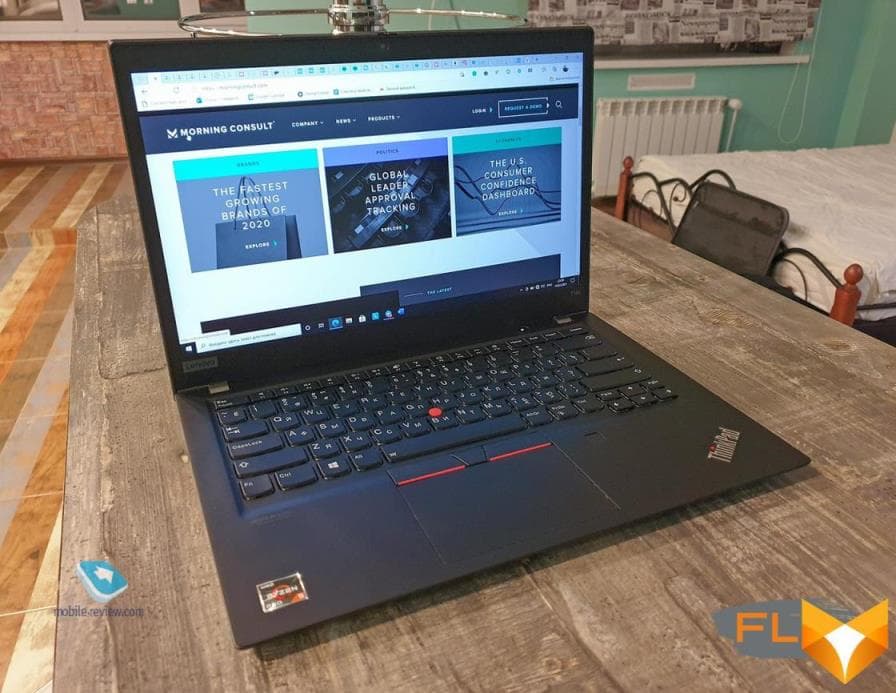
Optional brand story read
ThinkPad is one of the oldest brands in the computer world. In the history of business, there are not many truly brilliant leaders who skillfully developed the companies entrusted to their management and who are able to lay a solid foundation for centuries. One such person was Thomas J. Watson, who ran IBM from 1914 until his death in 1956. Starting to lead then not even at IBM, but at CTR (Computing-Tabulating-Recording Company), a company specializing in tabulators, Thomas Watson immediately approved the corporate motto: “THINK” (think).
Translation: “And we must learn by reading, listening, discussing, observing and thinking. None of these sources of knowledge should be neglected. The problem for most of us is that we stumble on the latter – the ability to think, because for people this is a difficult thing – to think. And, as Dr. Nicholas Butler recently said, all the problems of the world could be easily settled if people were willing to think.
Initially, the motto “THINK” was printed in black on leather notepads given to employees to write down ideas.
 |
 |
 |
|
The slogan became one of the cornerstones of corporate culture, so all of the company’s products, including minicomputers and mainframes, came with a small blue plastic sign that said “THINK”.
Pay attention to the upper right corner, this is approximately 1960:
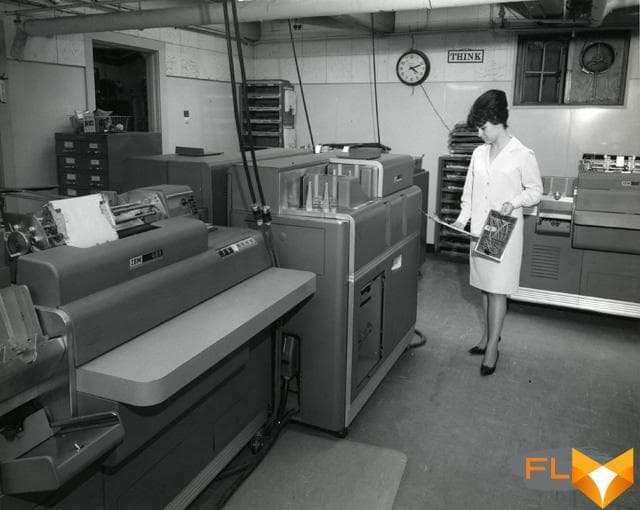
By the way, it was in contrast to this IBM “Think” that the Apple slogan “Think different” appeared.
I guess now it is not surprising to you why the word “Think” simply had to appear in the name of the series. You may have known this story before. And about the following fact, probably, many have not heard. The ThinkPad was originally designed as a tablet-PC. The work was already coming to an end, and the product did not have a name for the outside world. And in 1991, the company’s senior planner Danny Wainwright suggested borrowing the name from the Think pads still used by employees. At the corporate committee dedicated to the product, the name was not approved. First, there were no numbers in it. And then it didn’t fit in my head how IBM could release a computer without numerical indexes in the name. Secondly, the equipment will be sold all over the world. How will the name be perceived by buyers in non-English speaking countries? However, Cathy Wyeth, vice president of IBM, ignored the committee’s verdict and presented the name to the press, which greeted it with approval. After that, there was no turning back.
Unfortunately, the tablet did not work, and it was decided to give the name ThinkPad to the laptop, the development of which went in parallel. And then there were standing ovations, more than 300 awards in the field of design, space flights, use under water, testing in the most difficult conditions. ThinkPad laptops even took part in an archaeological expedition in Egypt, surviving the harsh desert climate.
Specifications
- Processor: AMD Ryzen 5 Pro 4650U, 6 physical cores, 12 logical, 2.1 GHz
- Graphics: AMD Radeon Graphics (512 MB)
- Memory: 16GB DDR4x
- Drive: 256 PCIe 3.0 x4 SSD (up to 1TB max)
- Screen: 14″ FHD (1920 × 1080) IPS display, 300 nits
- OS: Windows 10 Pro
- Battery: 57 Wh, 65 W adapter, fast charging via Type-C
- Connectivity: Intel Wi-Fi 6 AX 200, Bluetooth 5.1
- Webcams: 720p, privacy shutter, Windows Hello IR camera, long-range bidirectional microphones
- Keyboard: full size, backlit, waterproof
- Touchpad: there is a trackpoint, three separate buttons
- Audio: Dolby Audio
- Ports:
- 2 USB 3.1 ports (Gen 1, one always on)
- 2 USB-C ports (Gen 2)
- Smart card reader
- Microphone/headphone combo jack
- HDMI 2.0 connector
- Network extension for Ethernet and mechanical connection to docking station via side connector
- LTE + microSD slot
- Materials: magnesium alloy
- Dimensions: 16.1 x 329 x 225.8 mm, weight 1.27 kg
- Price: $1400
Appearance
Describing the design of the ThinkPad, I think, is optional, because the appearance of classic laptops is stable. Here I have a modern ThinkPad T14s in front of me, and here I am looking at pictures of the e580 model, from where I copy a fragment about the design history. Not counting the size, almost visually identical cars.
A few words about the history of design:
The original design of ThinkPads embodied the concept of the computer as a black box. A phrase that IBM, and later Lenovo, took literally. It is believed that the appearance of the line is inspired by the box for Japanese bento lunches – Shokado bento. The idea is that when opening this black, simple, even slightly nondescript box, a person sees a beautiful and organized set of food in cells. Likewise, the sleek exterior of the laptop contrasts starkly with the powerful functionality inside.

The body is made of black magnesium alloy. Fingerprints are visible but easily wiped off.
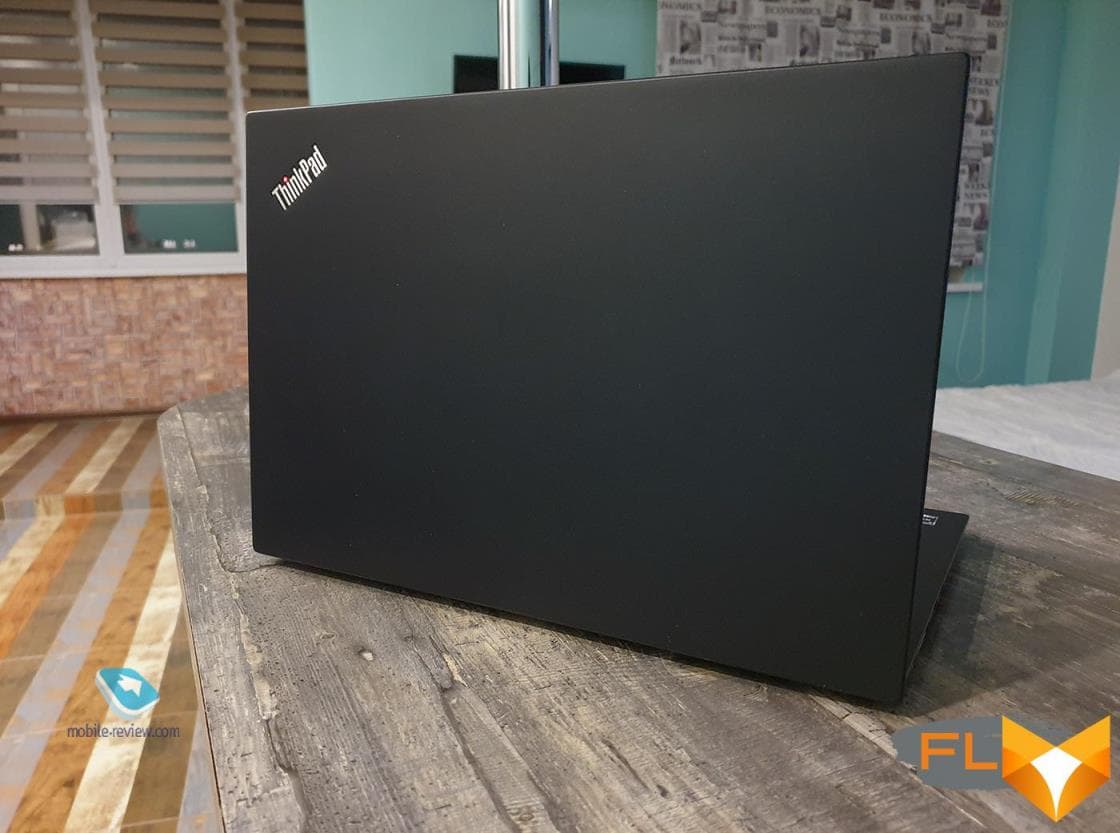
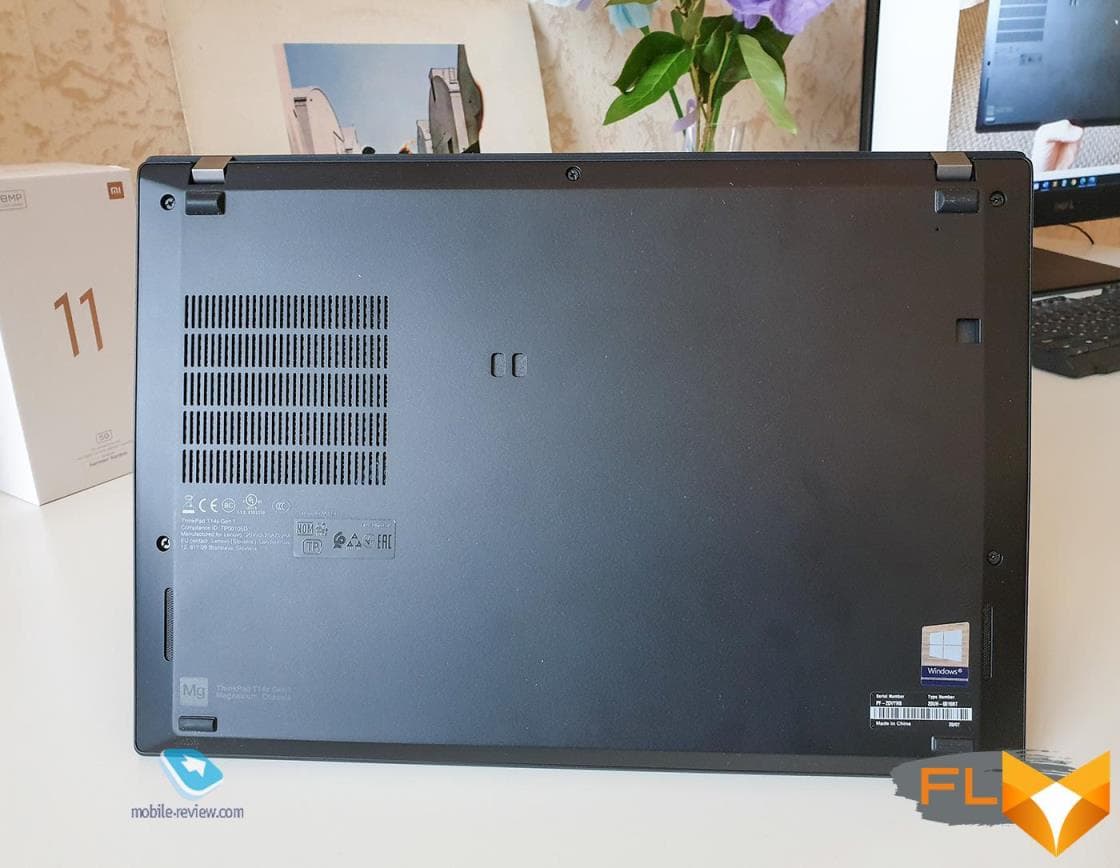
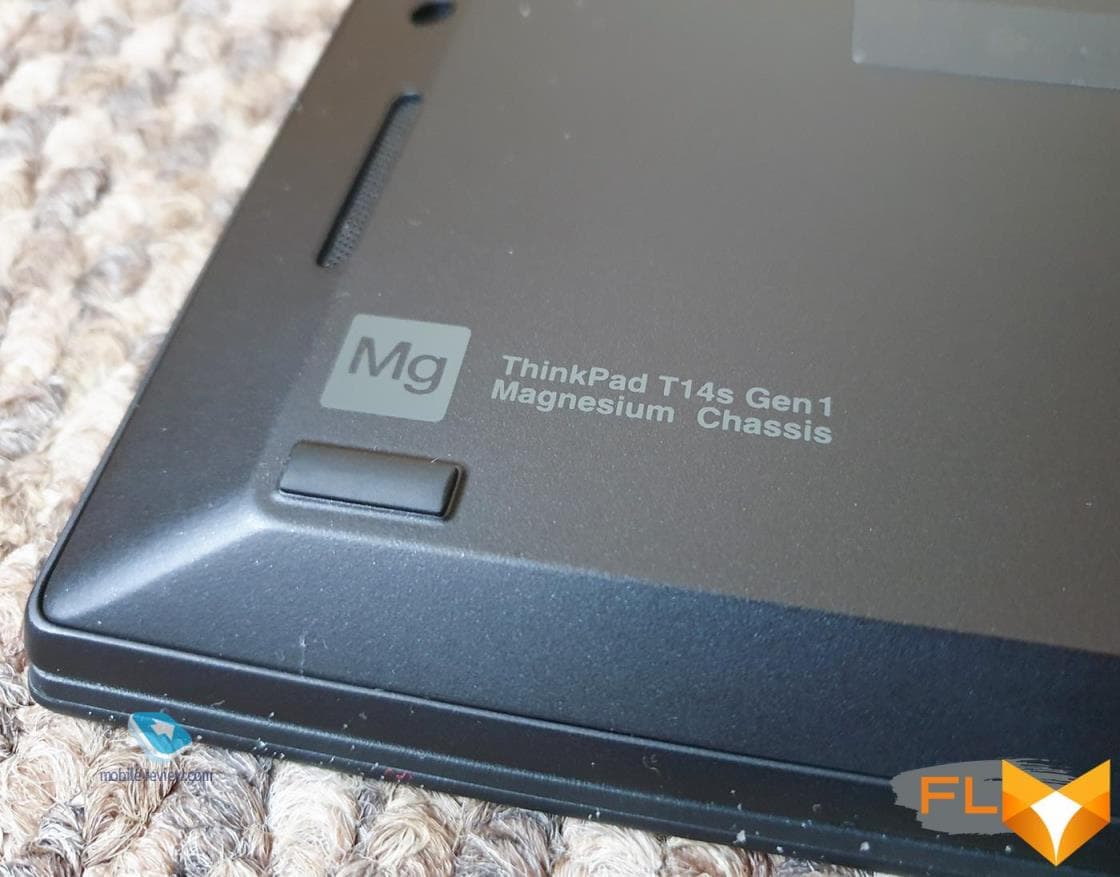


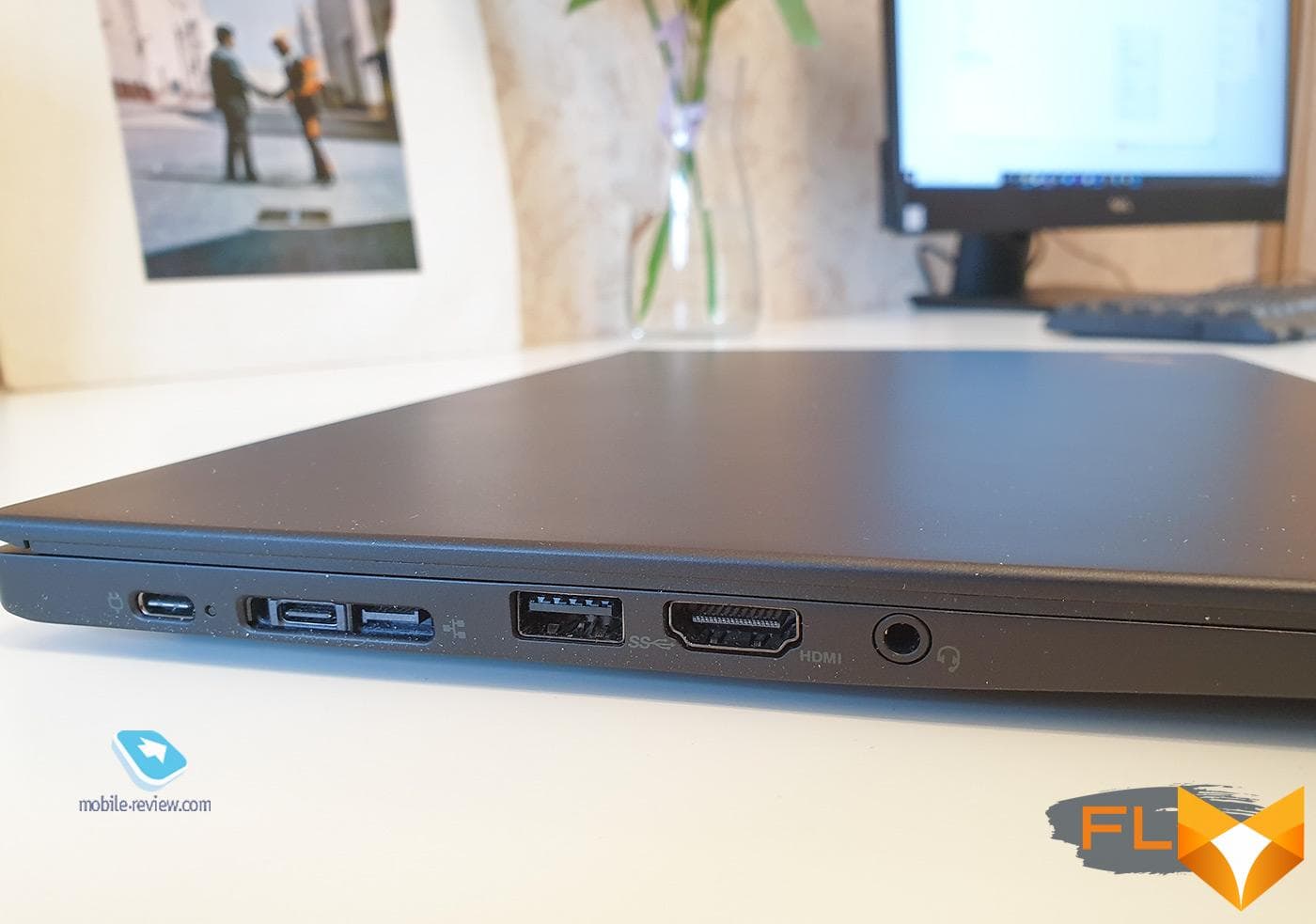
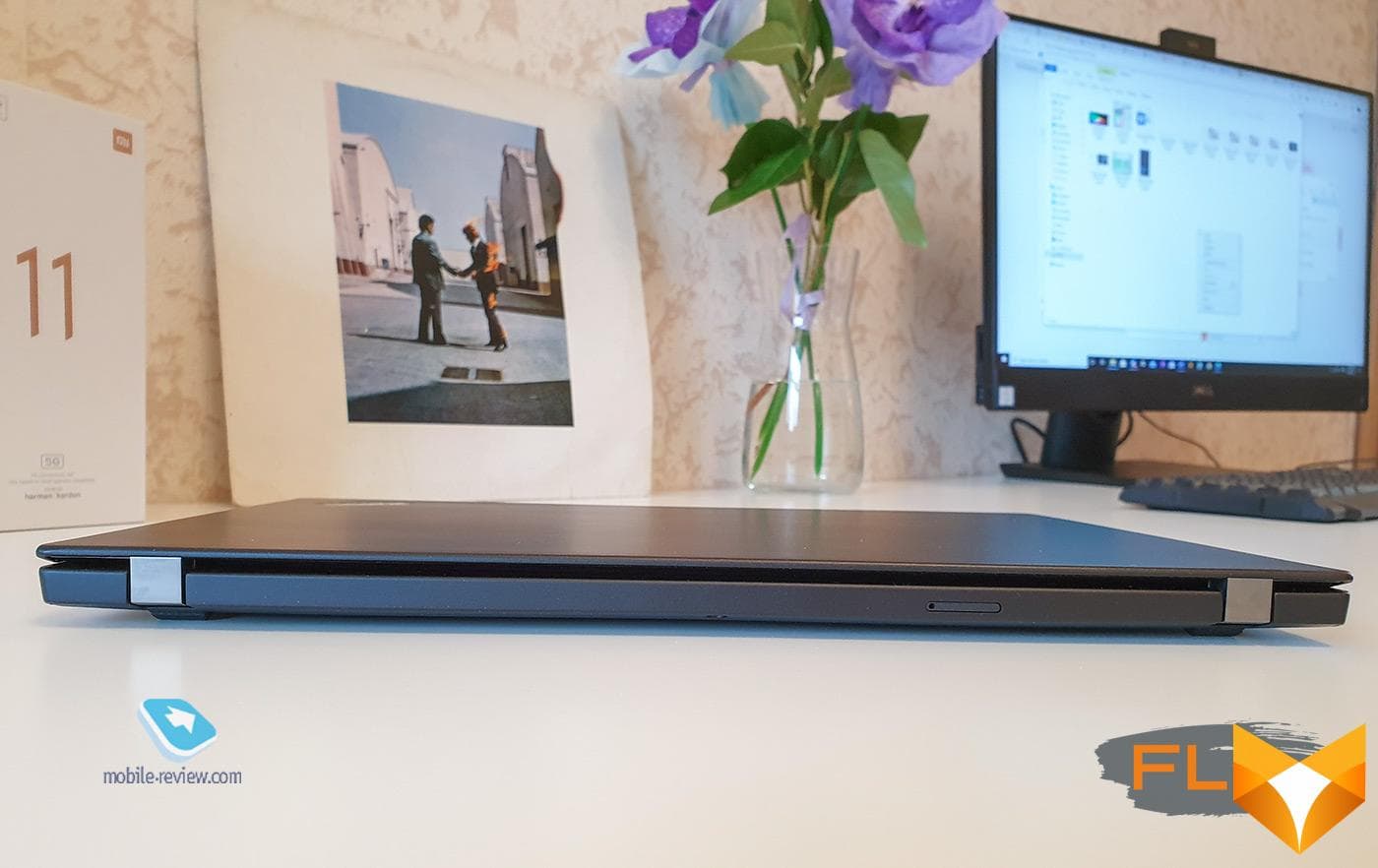


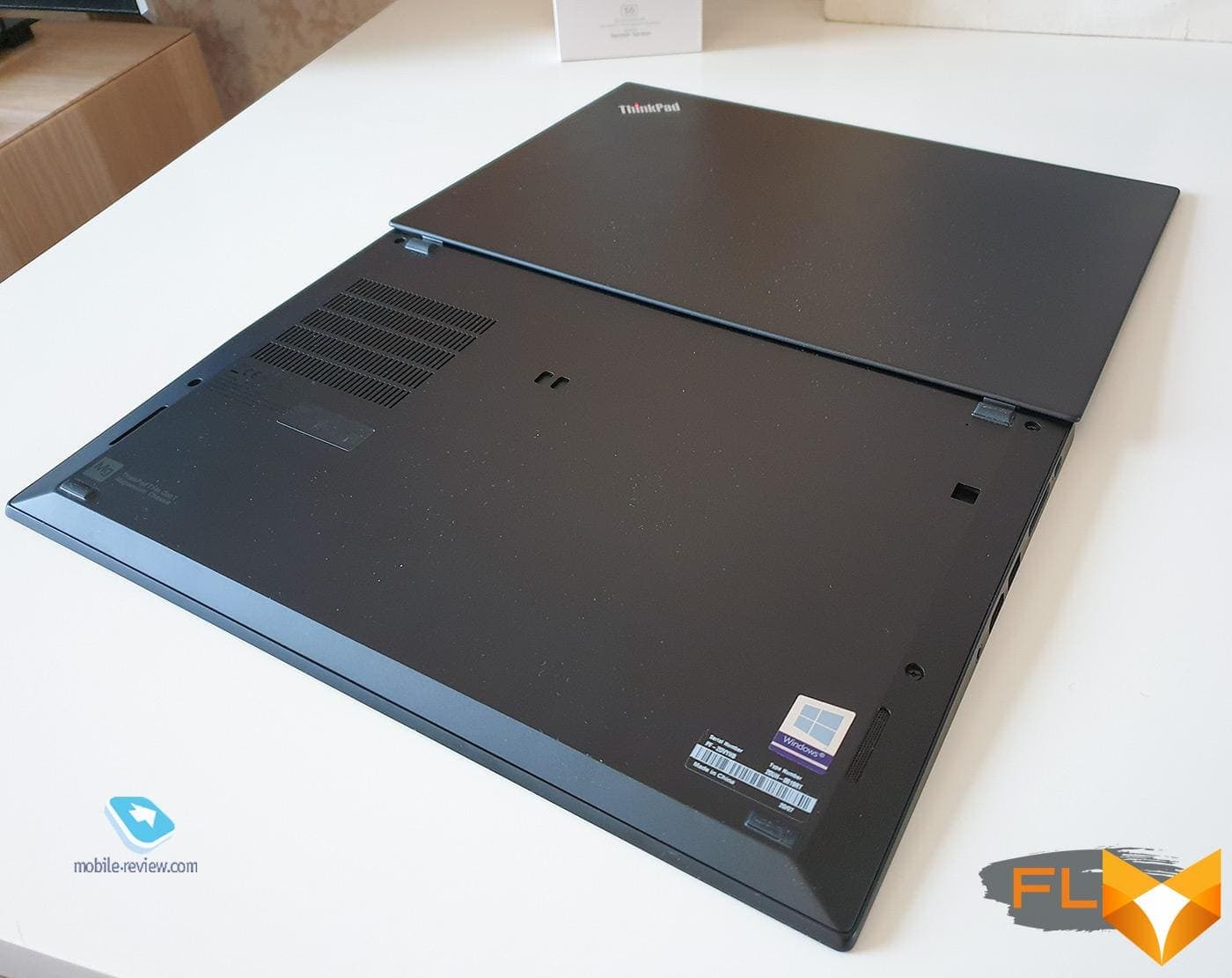



Screen
I had a 300 nit screen (second on the list below). Lenovo offers several screen options (all screens are matte, anti-glare):
- 14″ FHD (1920 × 1080) IPS display, 250 nits;
- 14″ FHD (1920 × 1080) 300 nits IPS touchscreen
- 14″ FHD (1920 × 1080) IPS low power display, 400 nits;
- 14″ FHD (1920 x 1080) IPS Touch with PrivacyGuard, 500 nits
A few thoughts about screen selection.
Considering the laptop is light, compact and has a long battery life, which means you will be working away from the office, you should not buy the 250 nits option, as this brightness allows you to work in rooms with typical office lighting.
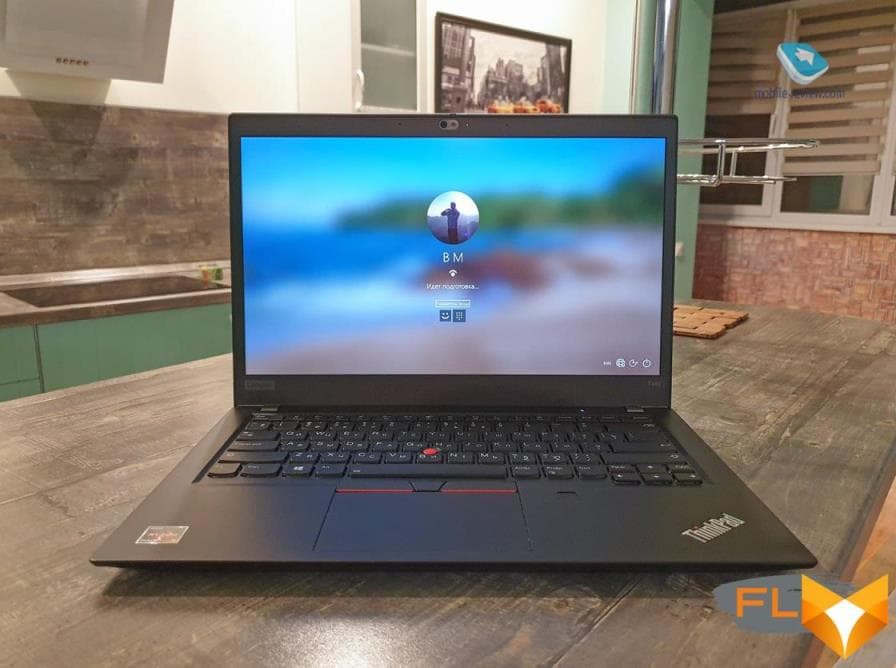
The most interesting, for my taste, is the 400 nit screen with a low-power IPS matrix. Found reviews on this screen. The declared brightness is the same as the actual one. So it will be comfortable to work under an umbrella in a cafe. Color reproduction is accurate, 100% sRGB. With such a screen, the laptop can work up to 17 hours (according to Lenovo tests) or 13.5 hours of video viewing. Judging by the reviews, this configuration (unlike mine) has PWM, that is, at a brightness of less than 50%, the screen flickers. Flickering is imperceptible to the eye, but for some it can cause a headache. In this case, I do not see a problem, since you are more likely to keep the brightness over 50%.

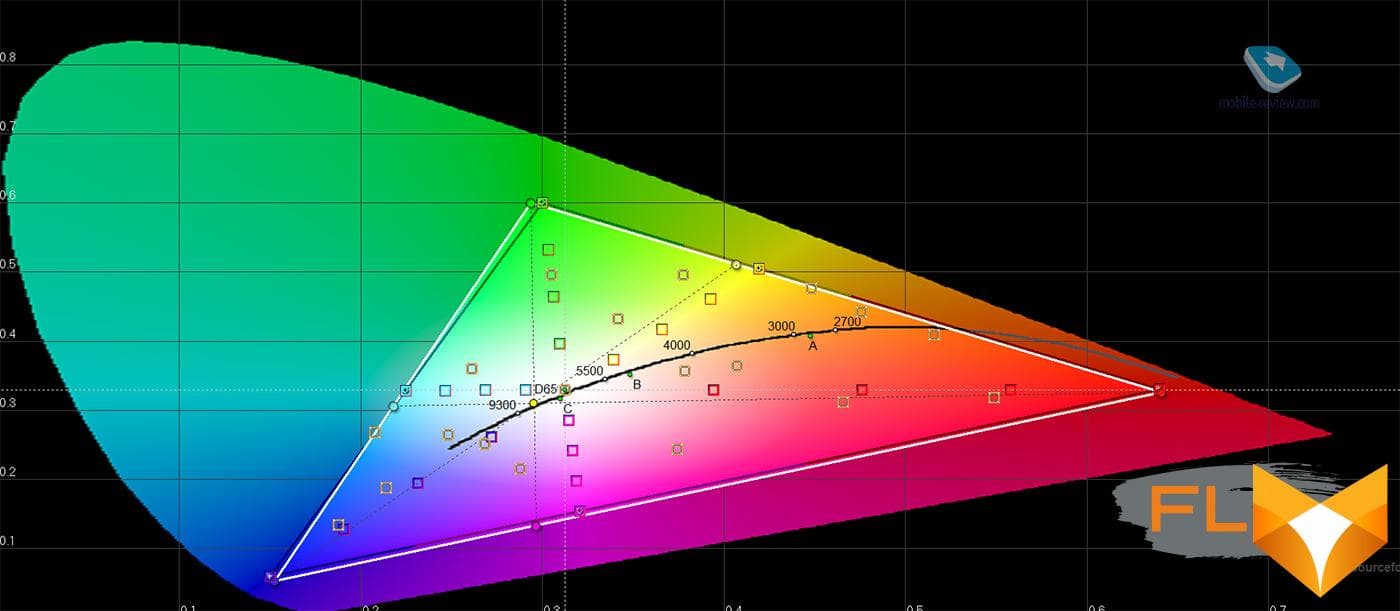

The 500 nit screen is for those who have to work a lot outside the office. 500 nits is not bad brightness even by the standards of smartphones. However, do not blindly buy this option, as PrivacyGuard (an option that allows you to reduce viewing angles so that no one peeks from the side) leaves a certain imprint.
I had a model with a screen of 300 nits on the test. In fact, the brightness turned out to be 331 nits. Overall, excellent value. I worked with a laptop both on the plane and sitting by the window on the bus while traveling to Olkhon Island. Didn’t feel any discomfort. So if you don’t like the price of a 400-nit screen, you can save money overall.


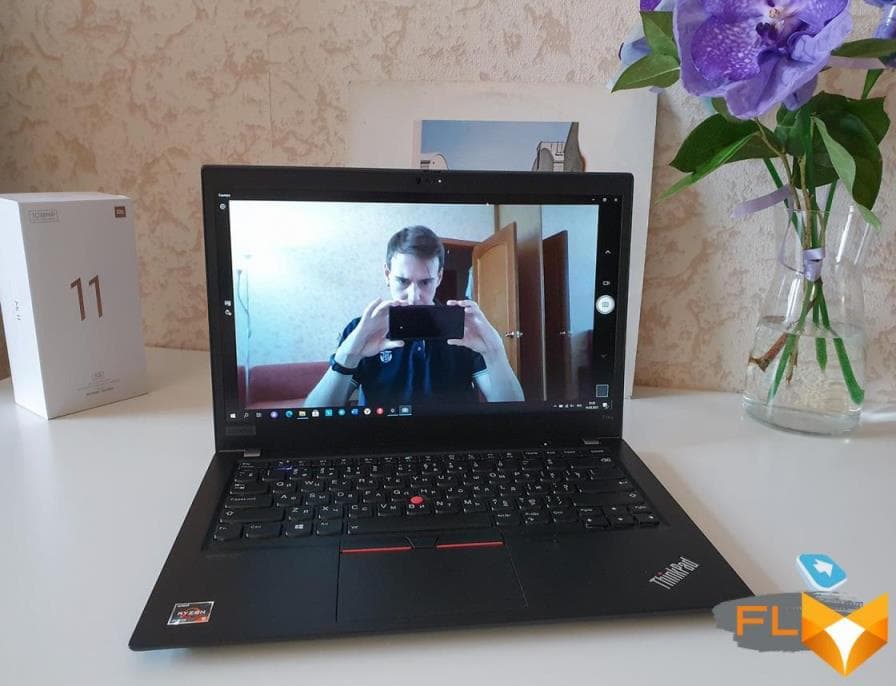 The laptop has a webcam. It works.
The laptop has a webcam. It works.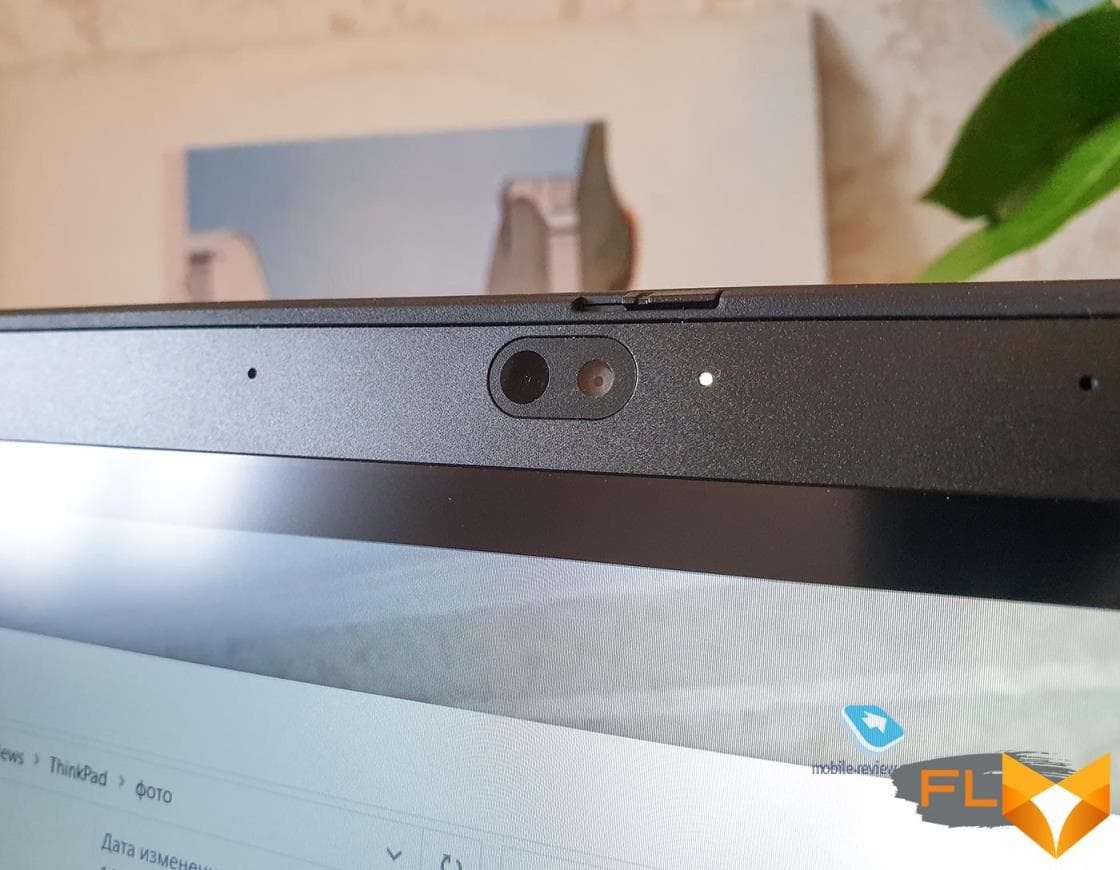
The laptop is equipped with a Windows Hello IR camera and two long-range microphones. The camera is equipped with a shutter, which you will always have to keep open if you want face unlock. The quality of the webcam is relatively good (here, of course, the question is, regarding what …).
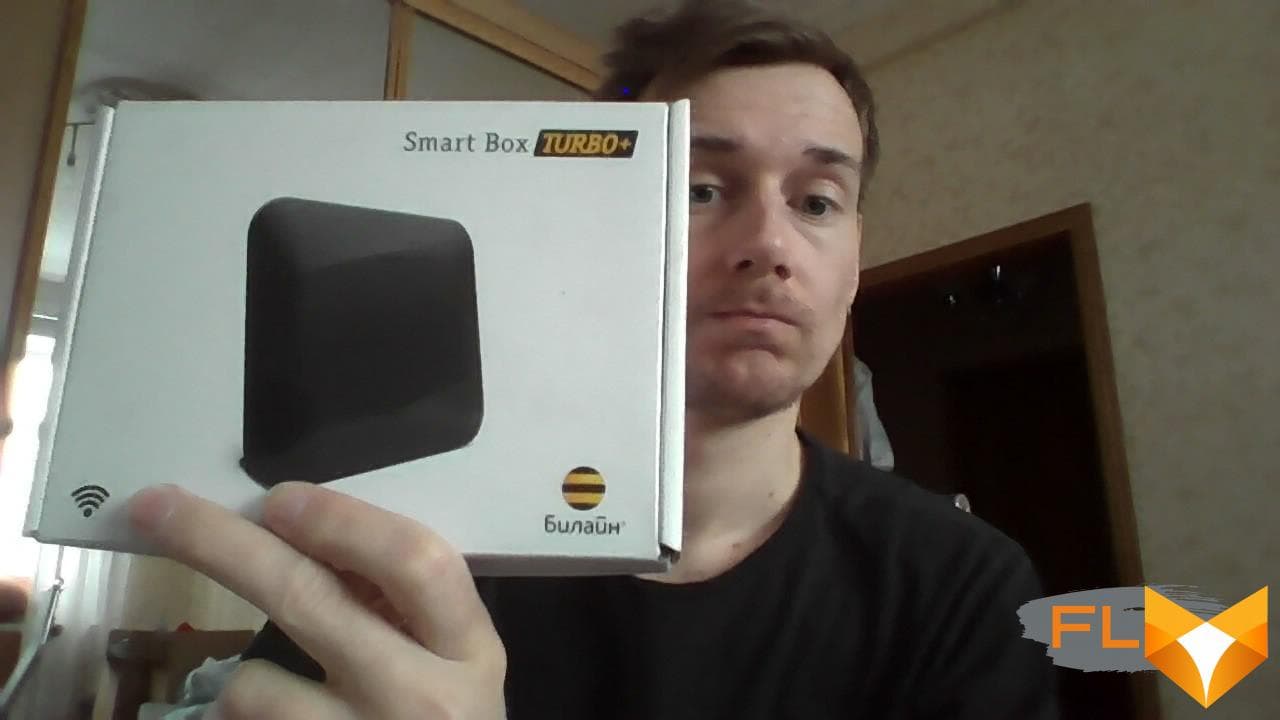
However, microphones are of greater interest. Firstly, you will definitely be heard well on video, even if you go to the far end of the room. Secondly, if you install the English version, Cortana will become available, which can always be activated by voice, even if the laptop is with the screen turned off (the main thing is that it is not closed). This feature is called Wake on Voice.

Keyboard, touchpad and fingerprint scanner
ThinkPad keyboards have long been a quality standard of sorts. So when I talk in reviews about the lack of an elite rustle when typing or premium elasticity when pressed and about all the other game that makes you want to raise an eyebrow, then in my head I just mean ThinkPad keyboards. ThinkPad keyboards are, even when compared to the original MacBook Pro keyboards (butterflies), the best keyboards for laptops.

Typing on the keyboard is a real pleasure. There are two levels of milky white backlighting.
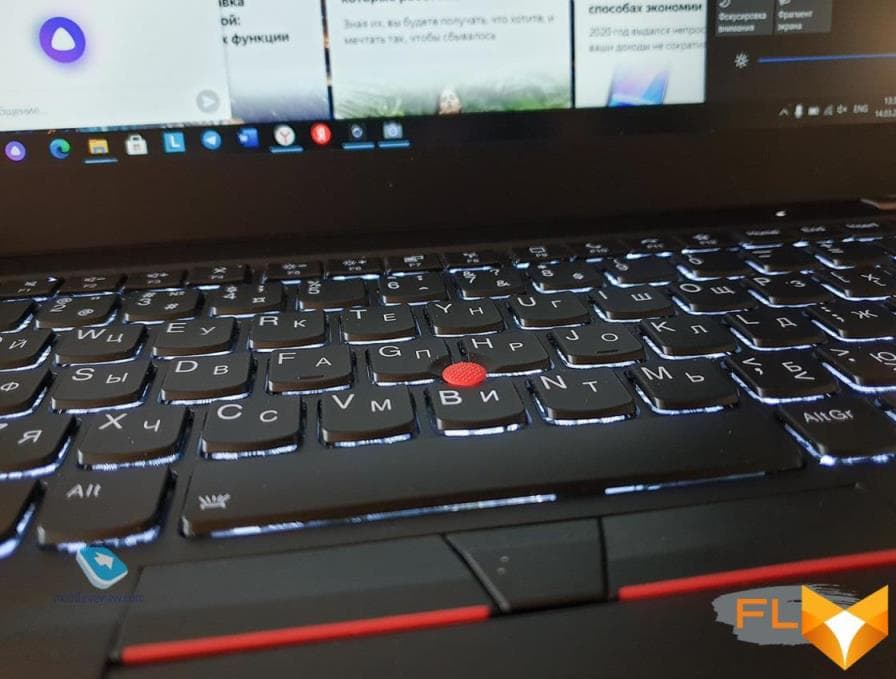
The touchpad and trackpoint are classic. If you have not used the trackpoint before, then at first it will be unusual and uncomfortable, but I recommend overpowering yourself and learning. Rate it! Not as a quibble, but rather out of curiosity. I wonder what the touchpad would look like if it was made the size of a MacBook or a Dell XPS … Although it seems that this would only spoil the user experience, it would probably look cool visually.
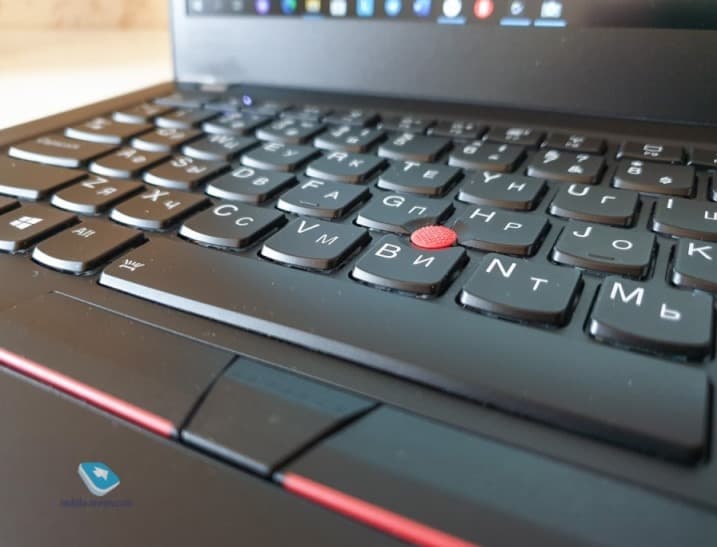
On the side of the touchpad is a fingerprint scanner. There are no complaints about him. Standard quality. But, to be honest, apart from the tests (to touch with a wet or dirty finger – nothing interesting, a wet finger – through the unlocking), I practically didn’t use it, since there is face unlocking. There is a smart card slot on the side of the laptop, so corporate users can unlock the laptop this way as well.

Battery life
The laptop has a 57 Wh battery, there is an 80% fast charge function in 1 hour. There are nuances about battery life. For example, there are two versions of the ThinkPad T14s – Intel and AMD. In various tests, the sample on the Intel processor gives 10-25% more battery life.

In the daily load mode, a laptop with a 300 nit screen gives about 9 – 9.5 hours of work. In video playback mode – 10 hours. For example, I got the following usage scenario while on the road to Baikal: first I worked for 30 minutes on the Aeroexpress train, then the laptop worked for four hours in flight (printed and watched the downloaded series in the Netflix application), then for three hours the ThinkPad worked in the regular mode.
The laptop comes with a 65W adapter. And this is a failure in terms of mobility. Bulky, heavy adapter (weight is almost 0.5 kg). I took a Xiaomi adapter for charging on a trip and did not know the troubles and sorrows. I recommend everyone to do the same. Both USB Type-C ports can be used for charging.
 |
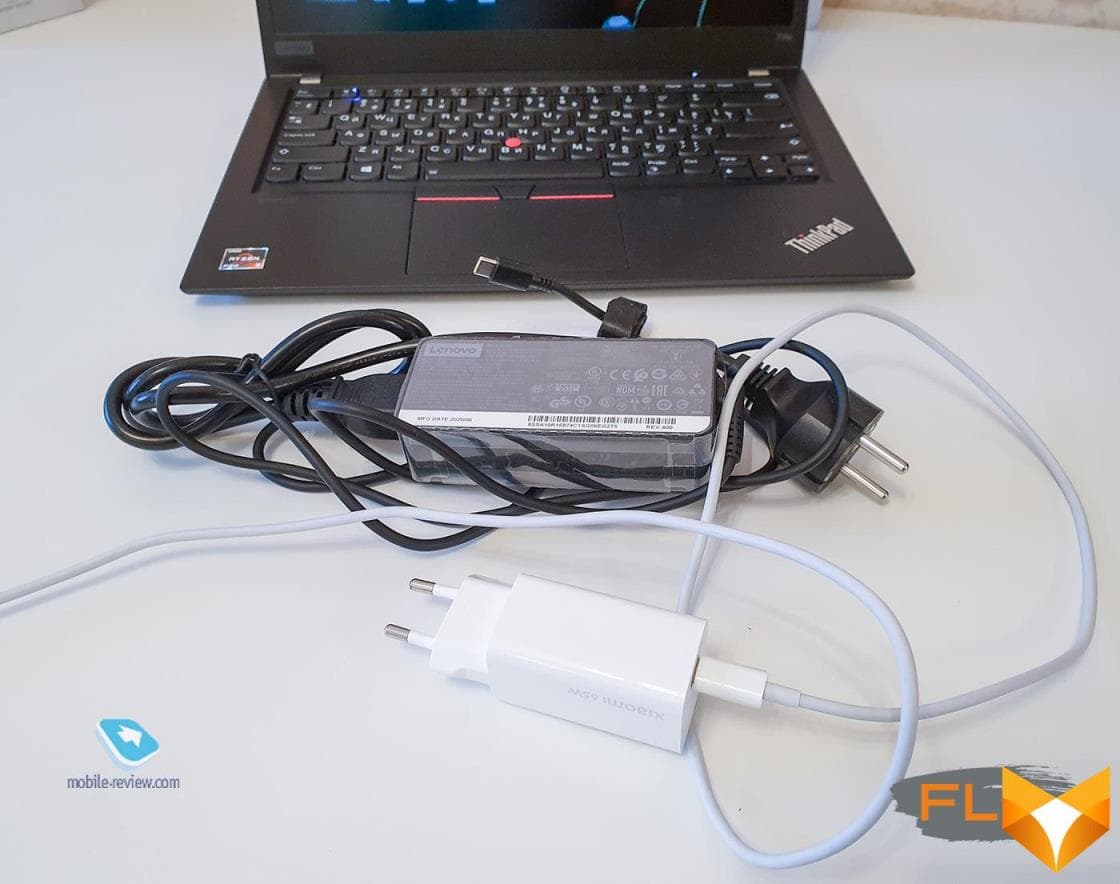 |
 |
|
Performance
Powered by AMD Ryzen 5 PRO 4650U with AMD Radeon™ Graphics, 16GB RAM and 256GB PCIe 3.0 x4 storage.
It should be noted right away that the RAM is not updated, so immediately choose a model with a sufficient amount. SSD can be replaced.
The PRO inscription in the name of the processor refers to additional degrees of personal data protection. These are business features such as encryption with AMD Memory Guard.
Of course, the laptop has a high-speed drive from Samsung. Top scores.

But the built-in graphics of stars from the sky is not enough. So if you want to play, then indie games are waiting for you, for example, Hades or Disco Elysium. If we take AAA releases, then modern ones, of course, will not launch, but two or three years ago – completely, but you need to understand that we are talking about 720p gaming (well, or Full HD, but the frame rate will be around 22-24 fps).
However, look at the 3DMark test results. Well, for working with photos and videos (basic editing), a laptop is definitely enough.
 |
 |
 |
 |
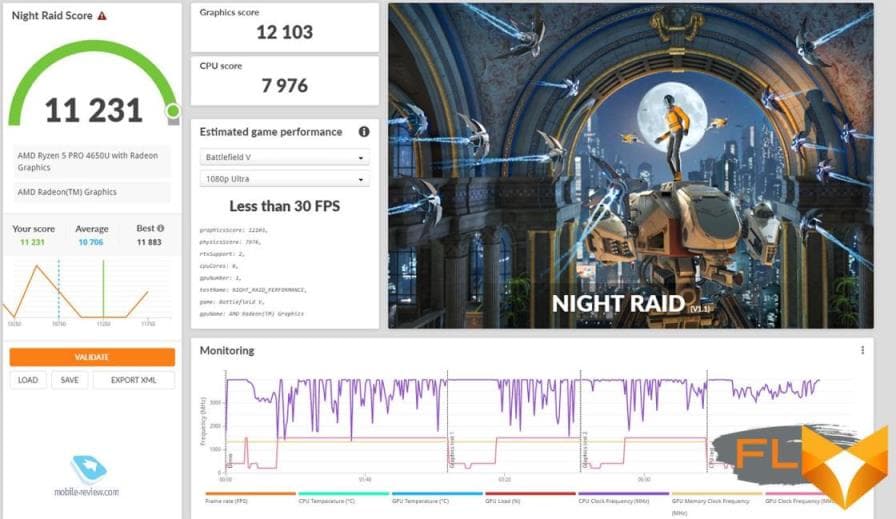 |
 |
The main thing that is worth noting is that the laptop is quiet and practically does not heat up. Even under maximum load, when performing synthetic tests, the ThinkPad T14s is not audible. All stress tests laptop passes with a bang. Below are the results of synthetic tests.
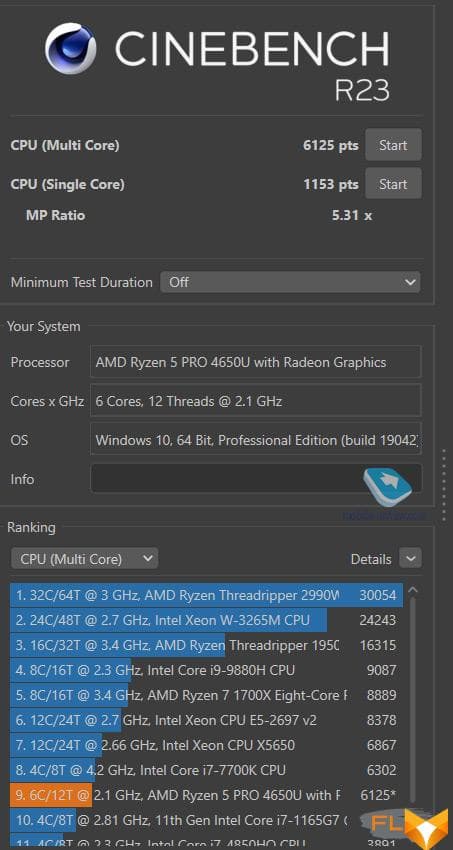
The main conclusion is that the laptop is silent, ideal for office tasks and casual games.

Impression and competitors
ThinkPad T14s is a typical product of its brand. A great laptop that is comfortable to work with in the office and on the road. Separately, it is worth noting that the system has a minimum of advertising applications. But there is Lenovo Vantage, in which all updates from Lenovo arrive (drivers, BIOS), you can also disable the always-on USB port or reduce the maximum battery charge when the laptop is constantly powered from the outlet.
From useful software there is Glance. This app is eye tracking. It allows you to lock the computer if you move away from it, or dim the screen if you turn away. It also allows you to work more efficiently with two screens. For example, you can drag a window from one monitor to another with a glance. Here, watch a video with an example of how this technology works. You hold the window with the mouse and look away. It seems to me that this is one of the most successful innovations, as it works intuitively simply. Once configured, and then it will work automatically. All the same, when you drag the windows, you shift your gaze.
Let’s try to break it down into pros and cons.
Pros:
- Magnesium case, classic design, perfectly balanced, one-handed opening;
- High reliability, spill-resistant keyboard;
- A good set of ports (2 Type-C, there is HDMI) and communications (Wi-Fi 6, Bluetooth 5.1);
- microSD + optional LTE;
- Virtually silent and cool;
- Great battery life (no drain in sleep mode);
- Good screen (+ there are screen selection options);
- Windows Hello IR camera, cool long-range microphones;
- Lightweight – 1.27 kg.
As cons you can state:
- Inconvenient location of the microSD/LTE slot (from the rear end, you can only get it when the laptop is closed);
- RAM soldered out;
- No Thunderbolt (which is strange, since having Glance implies that the owner can and will connect additional monitors).
It’s a little strange to talk about competitors, since, in my opinion, most ThinkPad buyers either get them from the company, or know exactly why they buy this particular brand. At the same time, ThinkPad cannot be compared with “civilian” ultrabooks. Here the question is not so much about iron, but about reliability and workmanship. From the same Lenovo, a user may well buy a ThinkBook and save a lot. Or you can buy a Dell XPS. But these laptops, unlike ThinkPads, are unlikely to survive working in the rain. The same goes for the HP Envy 13 or HP’s EliteBook (although these laptops can open 360 degrees and support a stylus). As a conclusion: the ThinkPad T-series is, to some extent, a unique machine. If you have the same opinion, then you should take it. If you don’t agree, then so much the better. You can get something cheaper.
